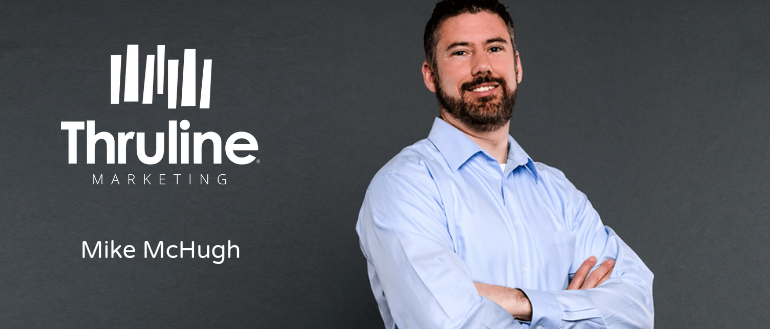What is the Future of Free Education?
A major headline that continues to make news is the idea of free college. The movement gained momentum after President Barack Obama’s State of the Union address in 2015 and was a huge platform for Bernie Sanders in the last election. Free education continues to be a big part of the conversation today but as we all know, nothing in life is free. Let’s examine where the costs lie in these different flavors of “free education” currently in the market.
Free Gap Financing
17 states now offer some kind of tuition-free college program. The majority of current programs provided at the state level are last-dollar (meaning they kick in after Pell Grants and state aid are maxed out) and are for two-year colleges. Qualifications for these programs vary from state to state but usually include meeting income requirements, maintaining certain GPAs while in school and some even require recipients to remain residents of the state for a certain period of time post-graduation. In 2017, New York’s Excelsior Scholarship became the first in the nation to offer last-dollar assistance that covers four years of tuition without being tethered to academic performance. While these promise programs are not perfect, they are opening the door for students who otherwise wouldn’t be able to afford college the opportunity to pursue a higher education.
Income Share Agreements
While not technically “free” this model provides no upfront cost of education for the student and instead lets them pay back a percentage of their earnings for a period of time after graduation. This is an alternative to traditional college loans and instead bets on the future earning power of students. It also has the potential to fill in gaps after government and private loan options have been exhausted. Income Share Agreements (ISAs) are still relatively new to the market and details of their specifics vary due to a lack of regulations currently in place. One big challenge with ISAs currently is finding the capital needed to pay the upfront costs of tuition. In a recent article, EdSurge explores the impact Wall Street could have on the future of ISAs and the pros and cons of them as an investor. As more investors get in the game, it will be interesting to see the progression of this type of funding in the near future.
Employer Paid
Rather than students paying, employers sponsor students to go to school to either get or advance their degrees while providing guaranteed job placement. This option is mutually beneficial for both employees and employers where employees benefit from education by improving their credentials and employers benefit from access to better-fit employees and a more talented workforce. There is even a tax incentive for companies that choose to offer this benefit to their employees. While the details surrounding education assistance programs vary from company to company, studies show that having some kind of program is crucial to attracting and maintaining a competitive workforce long-term.
While addressing the cost of a college education is a great idea and certainly beneficial for students, it really seems the most feasible of the four are the income share agreements and employer-paid options as they maintain motivation for the student to stick with their education path while still relieving the financial pressure on them and without creating a big public subsidy requirement. As we head into another election, this topic is sure to heat up again.
